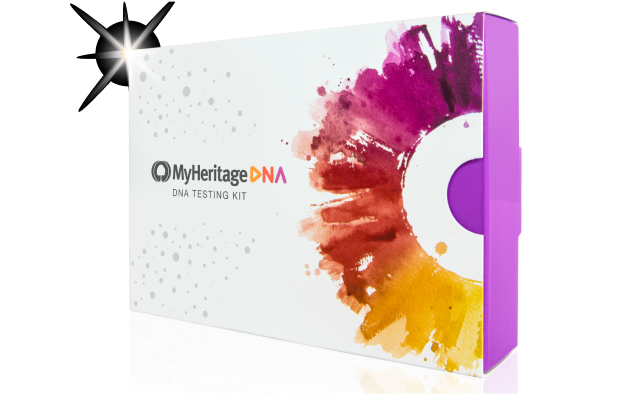
Tracing one's ancestry and discovering one's roots can be a fascinating journey that provides a sense of connection to the past. However, genealogy research can be challenging, especially when trying to unravel family mysteries or break through brick walls that seem to impede progress. Whether you are a seasoned genealogist or just starting out, hitting a brick wall in your research can be frustrating. Fortunately, there are a number of ways to overcome them. Below are a few steps to try when encountering a brick wall.
Research your ancestors on MyHeritage
Create a research plan
Craft a research question detailing the person being investigated and what is known about them. Outline every resource and person to investigate while trying to solve this mystery. After consulting each source, document the successful and unsuccessful results in the plan and add a source citation.
See also: How to write genealogy source citations
Consult relevant records
Conduct a thorough review of all available historical records and documents related to the ancestor or family line in question. For instance, consult vital, census, and church records, Bibles, biographies, newspapers, land transactions, gravestones, probates, county histories, and city directories for a question about establishing parentage.
Research descendants
Investigate the descendants of the ancestor. Look for clues to the past, including naming traditions, places of origin, property owners, and relationships.
Conduct cluster research
Search for additional information about the ancestor's siblings, additional relatives, neighbors, witnesses, and other associates who may have left more detailed records.
Explore DNA Matches
With a family tree based on genealogical records, researching potential genetic relatives became possible. You may find it helpful to take a DNA test, as triangulating Autosomal DNA matches may help establish common ancestors back to a 5th great-grandparent. Y-DNA and mtDNA matching may help link to direct paternal or maternal ancestors further back on a family tree.
See also: How to understand DNA matches
After completing each step, update the initial research plan until it includes all the findings and conclusions. Then share the findings with other researchers. Collaborate with other genealogists and researchers to share information and insights.
Following the strategies above, researchers may break down their genealogy brick walls or, brick research to the natural end of the line.
See also
Explore more about brick walls
- The MyHeritage DNA test
- Hitting a Brick Wall? Common Genealogy Roadblocks and Solutions on the MyHeritage blog
- Reviewing Your DNA Matches on MyHeritage, article by Ziv Sorrek on the MyHeritage Knowledge Base
- Developing Your Own Research Plan, webinar by James Tanner on the MyHeritage Knowledge Base
- Writing Conclusions After Busting a Genealogy Brick Wall by Devon Noel Lee on Family History Fanatics


